BSP rate cut penciled in

The Bangko Sentral ng Pilipinas (BSP) might resume cutting interest rates this week as inflation further eased while the peso continued to show signs of stability.
Such a decision would help blunt the impact of US President Donald Trump’s sweeping tariffs on the Philippine economy, according to economists polled by the Inquirer last week.
All 13 analysts in that survey had predicted a 25-basis point (bp) cut to the key rate at the April 10 meeting of the Monetary Board (MB). That would trim the overnight borrowing rate to 5.50 percent and bring the cumulative cuts under the current cycle to 100 bps.
That said, such an outcome would mark the resumption of a “calibrated” easing cycle that was held off last February. At the time, the central bank had to pause as it flagged the “unusual” kind of uncertainty coming from global trade developments.
And now that Trump unveiled a milder 17-percent tariff on Filipino goods compared to other Southeast Asian countries, ANZ economist Krystal Tan believed that this development would unlikely prompt the BSP to delay another rate cut.
“Given that there is room for further negotiations on this tariff, we don’t think it will deter the BSP from cutting the policy rate,” said Tan, who penciled in a quarter-point cut for this week.
Governor Eli Remolona Jr. earlier told Bloomberg that it was possible for the central bank to cut the policy rate by a total of 75 bps this year— against his baseline assumption of 50 bps—if growth would be weaker than expected.
Jun Neri, lead economist at Bank of the Philippine Islands, said the perfect combo of tame inflation and lower borrowing cost could help the domestic-driven economy weather the global tariff storm.
“With household consumption accounting for a large share of GDP (gross domestic product), higher consumer spending—fueled by lower prices—can help cushion the effects of slowing global trade,” Neri said. He also expected a 25-bp cut on Thursday.
Aligning with Fed
Indeed, local conditions might be ripe for another rate cut.
The day after Trump’s tariff announcement, state statisticians reported that inflation had softened to a near five-year low of 1.8 percent in March, better than consensus following slower hikes in food and transport costs.
And despite the global market turmoil over Trump’s tariff actions, the peso ended the previous week below the 57-level, its strongest finish since October 2024.
But this does not mean that the global tariff crisis would not be a big consideration for the BSP. Deepali Bhargava, regional head of research at ING Bank, said the higher import costs stateside could weigh on the US economy and prompt the US Federal Reserve to be more aggressive in slashing rates.
“Risks are skewed to the central bank having to do more this year,” Bhargava said while betting on a 25-bp cut for the BSP meeting this week.




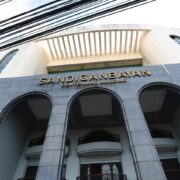
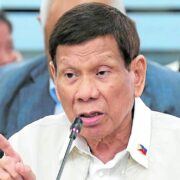
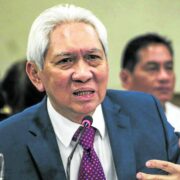
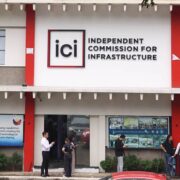
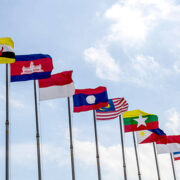



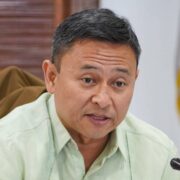



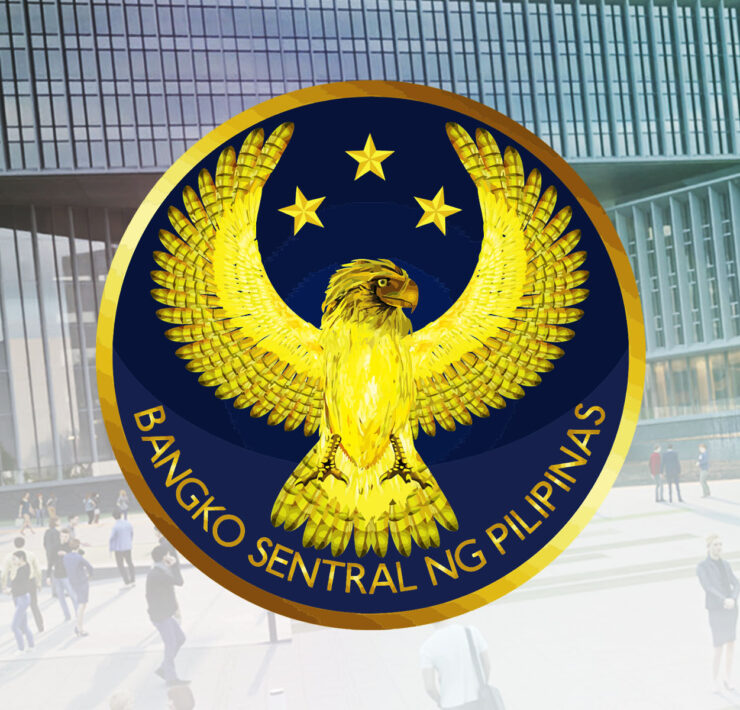
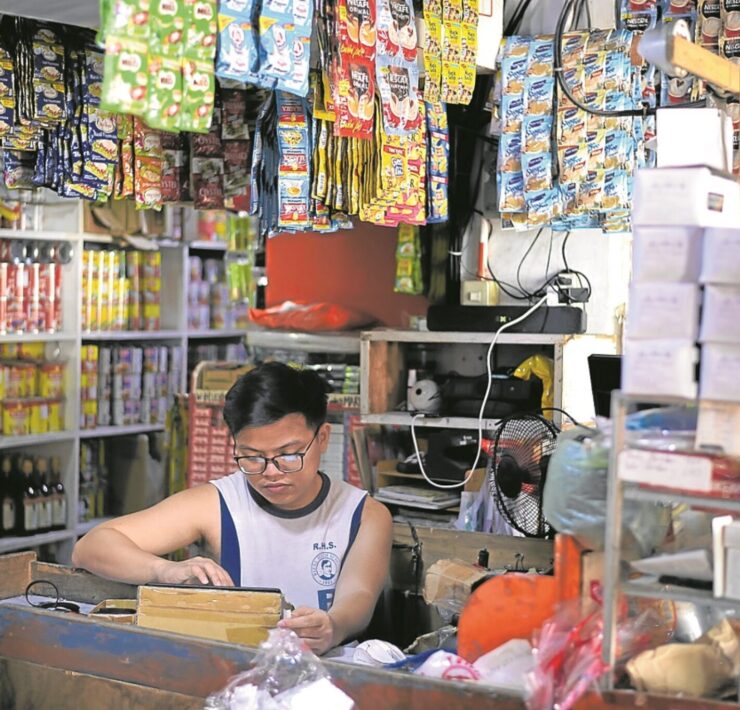
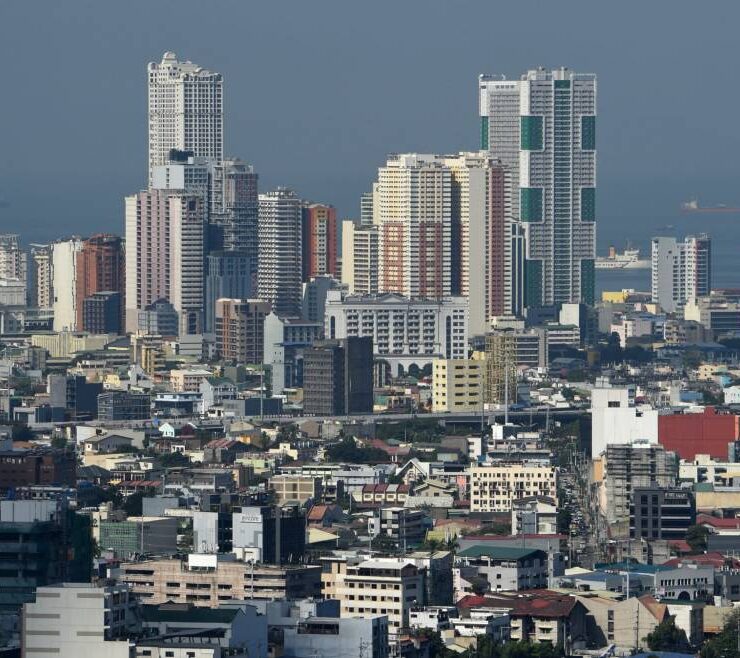


Implementing the correct rice tariff